A picture is worth a thousand words.
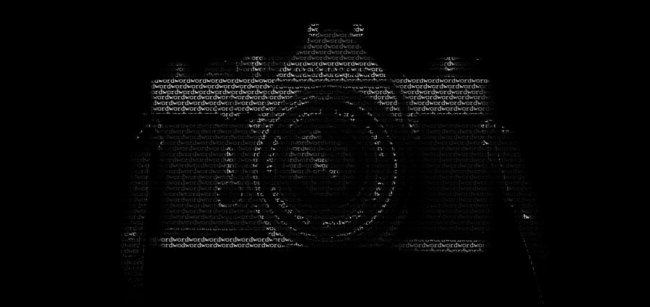
As stated in Picturing Protests: The Visual Framing of Collective Action by First Nations in Canada by Catherine Corrigall-Brown and Rima Wilkes (2012), “modern media includes more images than ever before, and these images are remembered longer and are more likely to elicit emotional responses” (p.223). Images tend to frame a crisis or event in a different way then is captured by the text; acting as a lens through which we witness the affair. Whether it is because there are only so many images available, the photograph is visually exciting or the image becomes synonymous with the crisis, what we see in the media tends to stay with us and subliminally be associated with all our future dealings with the event.
Like the documentary, Generation Jobless, the media is partially to blame. They seek to maximize a profit and support their story, and sometimes the easiest way to do this is to use fear and negativity, alluded to as “the protest paradigm” (p.224). The way the picture is framed tells a story; creating meaning.
So what are the pictures shown whenever I type in “underemployment, youth, Canada” or “unemployed, youth, Canada”?

The most common picture that appears is an image of a student making coffee, the College Grad Barista or the B.A.rista. Yes, the face of our generation is person behind the counter of a Starbucks, Balzacs or Tims serving us coffee. The reason this image appears so often is because it’s the go-to image to represent the underemployed generation of educated young adults, who can “apparently” only get work in this service setting. “Based on data from the 2006 census, one in four Millennials with a university degree are employed full-time in jobs that do not require that level of education” (CBC News, 2013). Carrying approximately $28,000 of debt it’s no wonder the person in the picture above isn’t smiling.
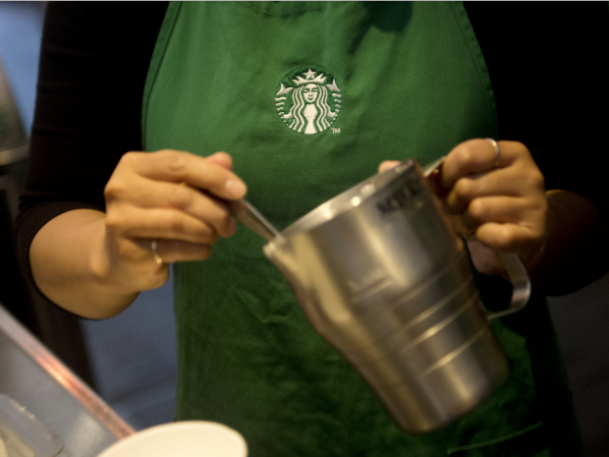

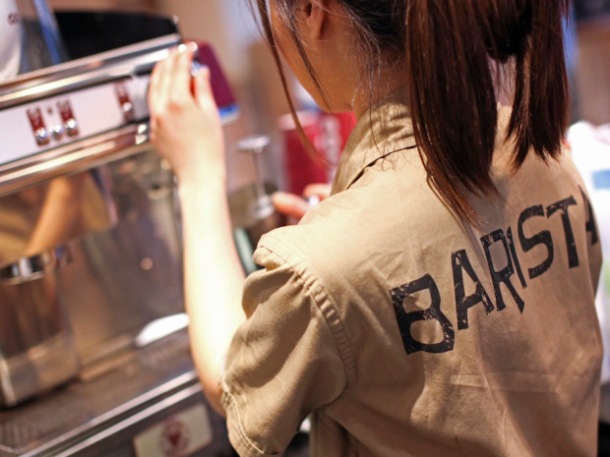
Taking all four photos into consideration. We still see no smiles, in fact in two of the images the represented participant (RP) doesn’t even have a face, dehumanizing them, and when they do have a face the RP’s gaze is looking at a coffee or the coffee machine. It is a subtle commentary how young adults have been placed in this vicious cycle of menial labour where they are a “slave” to their work with very little reward. One could wonder if given the narrative vectors towards these objects if their act of gaze is offering us the audience the coffee – one more coffee, one more tip. As an audience we feel no intimacy for these workers but the large portion of the image they fill does create salience and evokes emotions in us, usually anger or disappointment.
What do these photos and the text claim? That our future is bleak.
These “photos” tell one message about our generation, and their message makes us angry. Two very good reasons to use it from the sales perspective of the media.
But what this photo choice says to me is that Millenials are marginalized, framed by a single picture. We continue to not be given the opportunities to succeed and are constantly told about the way things are and not how we can change them. Underemployment is not entirely our fault either. Statistics Canada revealed that Canadian youth lost 45,600 jobs in July 2013 and that since 2009, just 56,000 (0.5%) of the one million jobs created in Canada have gone to youths (Financial Post, 2013).
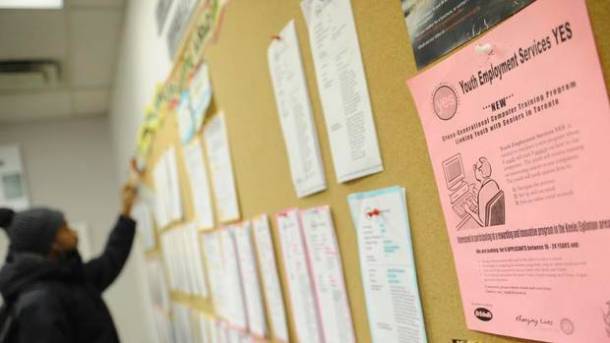
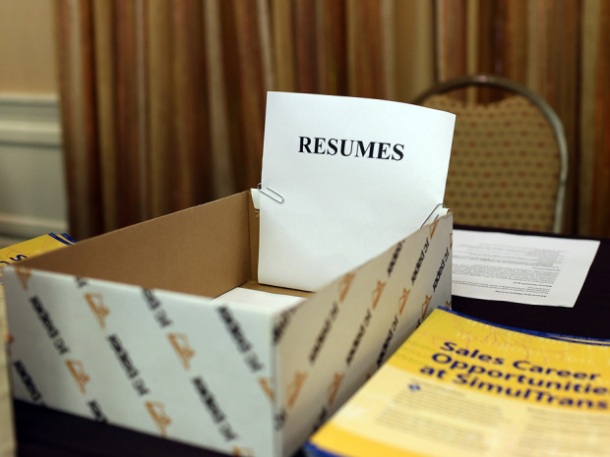

But then again, the other cohort of photos used to portray unemployment is equally as bleak. Again no smiling faces (no faces at all actually), just empty resume boxes and bulletin boards of broken dreams.
I think we need to bear in mind that the media is selling us this story that all hope is lost, unfortunately choosing images that match their negative words. But there are success stories, there are people succeeding and there are other pictures out there. We are not B.A.ristas!
Resources
CBC News. (2013). Why are so many of Canada’s young people out of work?. Retrieved February 5, 2014, from http://www.cbc.ca/news/canada/why-are-so-many-of-canada-s-young-people-out-of-work-1.1370260
Corrigall-Brown, C., & Wilkes, R. (2012). Picturing Protest: The Visual Framing of Collective Action by First Nations in Canada. American Behavioral Scientist, 56(2), 223-243. Retrieved from doi: 10.1177/0002764211419357
Deviantart. (2011). A Picture is Worth a Thousand Words. Retrieved February 5, 2014, from http://superninjaworrior.deviantart.com/art/A-Picture-Is-Worth-A-Thousand-Words-272903670
Financial Post. (2013a). Canada’s youth at risk for chronic unemployment. Retrieved February 5, 2014, from http://business.financialpost.com/2013/06/20/canadas-youth-at-risk-for-chronic-unemployment/
Financial Post. (2013b). Three steps toward correcting youth un(der)employment. Retrieved February 5, 2014, from http://business.financialpost.com/2013/08/13/three-steps-toward-correcting-youth-underemployment/
Huffington Post. (2012). Youth Underemployment, Not Unemployment, Is the Bigger Problem in Canada: Report. Retrieved February 5, 2014, from http://www.huffingtonpost.ca/2012/10/30/youth-underemployment-canada_n_2044242.html
National Post. (2013). Paterson and Dumulon-Lauzière: The ‘B.A.rista’ generation. Retrieved February 5, 2014, from http://fullcomment.nationalpost.com/2013/08/30/paterson-and-dumulon-lauziere-the-b-a-rista-generation/
The Globe and Mail. (2014). Economic crisis continues fro unemployed youth. Retrieved February 5, 2014, from http://www.theglobeandmail.com/report-on-business/economy/economic-crisis-continues-for-unemployed-youth/article16659252/
The Globe and Mail. (2012). The real youth job crisis. Underemployment. Retrieved February 5, 2014, from http://www.theglobeandmail.com/report-on-business/economy/economy-lab/the-real-youth-jobs-crisis-underemployment/article4753447/
What an awesome perspective, Olivia! I share your optimism on the issue of un/underemployment among BA graduates — but that’s just my personal opinion. On a framing stand point, I find it fascinating that Higher Education institutions will use the exact opposite frames to market the future to their current, and prospective students. Generally, these institutions will feature happy-looking students who either look “into the future” or will have that telling gaze. But even within this industry, one can perceive a startling difference between career colleges, and universities. While universities tend to focus a lot more on research and objects (e.g., a car for sustainable development), career colleges tend to feature students ‘on the job’ or hard at work (see: George Brown). Perhaps the approach that these universities take on implies their academic and research excellence, not the students job readiness? On the flip side, career colleges (see: CDI College) tend to focus on ‘on the job’ experience. Take a look (on just the homepage):
Universities: Tend to be more research focused; impersonal, little gaze (except for York U) focus tends to be on objects/research. People are blurred, in the background, or in numbers
York U – http://www.yorku.ca/web/index.htm
Ryerson – http://ryerson.ca/index.html
UofT – http://www.utoronto.ca/
Career Colleges: Focuses on people, mostly has a gaze, paired with happy faces to symbolize the image of success. If people are grouped, its to show work environment and skills.
George Brown – http://www.georgebrown.ca/
Seneca – http://www.senecac.on.ca/
CDI – http://www.cdicollege.ca/
Hi Olivia!
Great post. I was taken by the photos you chose. I, myself, have felt completely marginalized by the images selected depicting our generation, and our inability to find employment. This is (of course) a timely issue, one I think you have described accurately. The way that news media present youth unemployment greatly reflects how society has come to view those who are unemployed. They are our faceless neighborhood baristas, ‘content’ in appearance serving coffee. I thought it brilliant that you selected the contrasting photos of empty job boards and cardboard resume containers. These images give a desolate feel, as if there are no options so might as well keep making coffee.
I’m interested in why the media is so focused on showing these images. Why not show those who are employed in unconventional ways, or those who are breaking down boundaries? The best way to inspire is to show what is achievable and then dream bigger.
Nicely done Olivia – you got me thinking 🙂